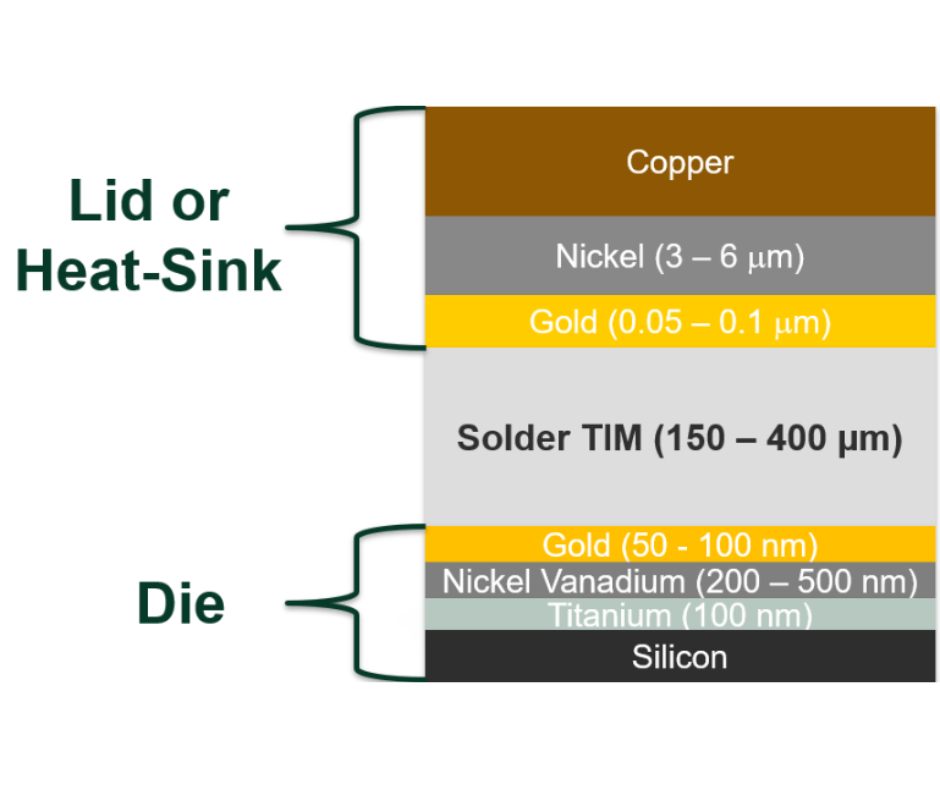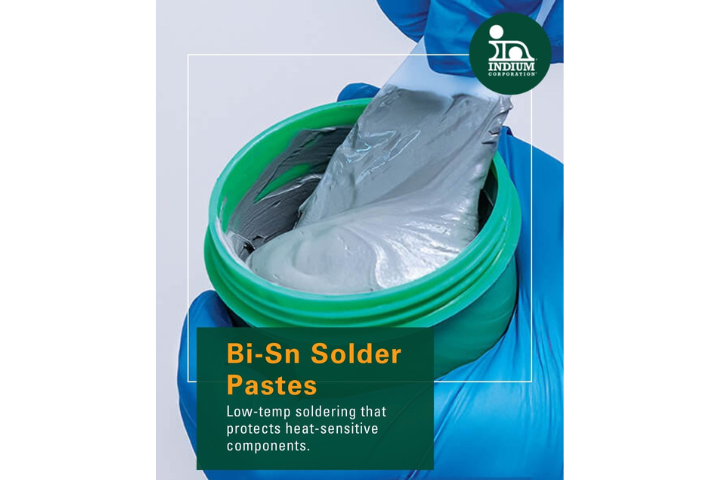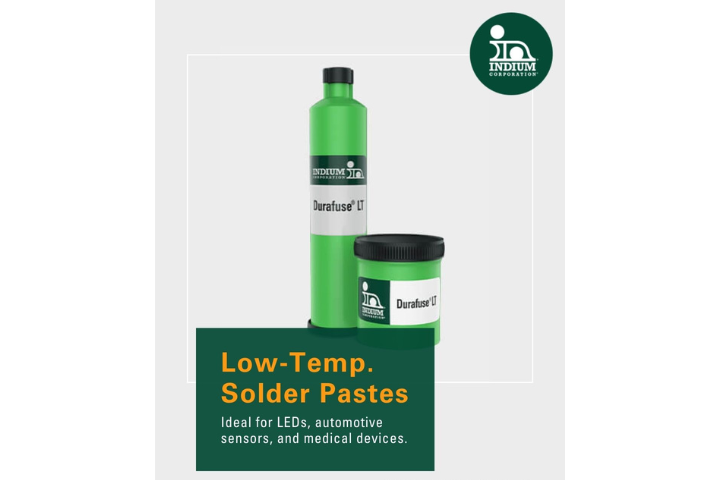Die assembly often involves a number of process steps, and may include a solder thermal interface. High temperature solders such as AuSn or SAC solders have been used by some, but a subsegment of the market have overlooked these completely because their chips and assembly components cannot withstand the high temperature soldering that these alloys require. Another solder material that has been considered is indium. Indium has a higher conductivity than these other alloys, is much more compliant, and melts at a significantly lower temperature. Indium solder die attach is a preferred material by many. For an even smaller market subsegment, this method of indium solder attachment still poses issues. It may be that the melting temperature even of pure indium (156C) is too hot or that they cannot use the flux that is required with a soldering process. These customers are looking for a material with the performance of a solder TIM, but room temperature curing temperatures and a flux-free application. Polymer TIMs are what these manufacturers often settle for, but there are other higher performing options to be aware of. One option is a room temperature application of indium. This process involves the pre-attachment of indium to both the backside of the die and substrate. The pre-attachment can be done either with pre-reflowed preforms, or plated indium. Both indium surfaces are cleaned and indium will cold weld to itself. A solder joint has been formed with all its benefits, and the device has not been exposed to any elevated temperatures. For more information on the indium cold welding process, read: Jim Hisert's Blog entry on Indium Bonding and Indium Cold Welding or the Indium Cold Welding Application Note.
Indium Die Attach – Room Temperature Soldering
Indium Corporation Blogging Team
Indium Corporation Blogging Team
Our blogging team includes engineers, researchers, product specialists, and industry leaders. We share expertise in solder materials, electronics assembly, thermal management, and advanced manufacturing. Our blog offers insights, technical knowledge, and solutions to inspire professionals, showcasing product innovations, trends, and best practices to help readers excel in a competitive industry.



